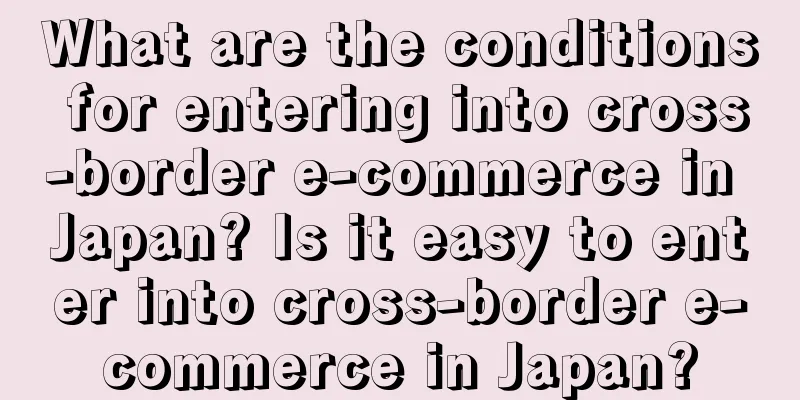Heavy assets vs. light assets: Thoughts and choices on the road to entrepreneurship

Yesterday I had tea with some friends and talked about some topics related to entrepreneurship, such as how to view heavy asset entrepreneurship and light asset entrepreneurship, and how to systematize entrepreneurial thinking. These days, heavy asset entrepreneurship can be said to be high-risk entrepreneurship. I see that most of the people around me are either losing money or on the verge of bankruptcy. 1. What is asset-heavy entrepreneurship?It is a way of starting a business that requires a lot of money, manpower, material resources and time. This model usually involves opening a factory, company or store, etc. For example, a friend of mine is in the business of renting office buildings. He first contracts the building at a lower price, and then rents it out or sells it to others, making a profit from the difference between the rent and the sale price. It looks glamorous, but the capital investment is huge, especially in the current market downturn. Many small startups that rented his office building went bankrupt every now and then, resulting in the office equipment being abandoned and the rent not being paid when they finally left, and they could not find anyone... For example, if you want to start a physical store, you need to invest money in equipment, rent, and labor costs. For example, one of my friends said that he opened a high-end imported food physical store at the entrance of the community. The rent of the store is nearly 240,000 yuan a year, and the two employees are nearly 120,000 yuan a year. The refrigeration equipment and store decoration cost about 100,000 yuan. This physical store has already invested nearly 500,000 yuan when it was just started. If he doesn't know how to run it, the result will be like his relative's store, which was "transferred" and "cleared out at 40% off" in less than half a year... Compared with heavy asset entrepreneurship, there is no doubt that for individuals in the current market environment, choosing light entrepreneurship is indeed the best choice. 2. So what is light entrepreneurship?Nowadays, most light start-ups rely on the Internet to achieve low-cost and high-efficiency operations; they do not require a large amount of capital investment, and can achieve success by establishing a relationship between supply and demand with a small investment! For example, with live streaming selling products, an ordinary amateur anchor can just use a mobile phone and display the products at home, and sell a product to hundreds of millions of people across the country through platforms such as Douyin, Xiaohongshu, and Video Account. The goods are directly connected to the supply chain, and he doesn’t have to worry about the delivery of the goods himself. He just needs to attract traffic and sell goods in the live broadcast room. Do you think this entrepreneurial model that doesn’t even require stocking up goods is low-cost and efficient enough? Another example is paid self-media knowledge. An ordinary person can spread his or her industry views through content platforms by writing on self-media or shooting oral videos on his or her mobile phone. Then he or she can attract users with the same frequency and provide solutions to their needs and pain points, thereby making money. The public account that I am running now is this form of light entrepreneurship. 3. Entrepreneurial Thinking SystemIf you only know the direction of light entrepreneurship, it is only the first step; below I will share the entrepreneurial thinking system mentioned by a buddy in the tea bureau. I think it is good, so I organized it↓↓ 1. Direction selectionWhat are the trends, prospects, and potential of the industry you have chosen? Is the market big? If you are in a sunset industry or a very weak industry, then you will have to work several times harder than others to get a little profit. This is actually a very helpless thing. I work very hard but gain very little, and it always feels wrong. Therefore, it is crucial to choose the right track, especially an upward and promising industry. At least the probability and chance of success will be greater. 2. Ask a few questions repeatedlyWhat problem does your product/service solve? Who do you sell your products to? How to let your target users see it? Why do users choose to buy from you after seeing this? After buying your stuff, why should I buy you again/spread you? 3. Why is it you?There are so many talented and smart people, and there is competition everywhere. So when you start a business, have you ever thought about: What makes you successful? Why is it you? What are your advantages? Are these advantages prominent enough? 4. Stop loss pointDon't go all in, learn to stop loss. Starting a business cannot be accomplished overnight. Before starting a business, you should set a threshold for yourself: when can you give up? Where is the stop loss point? 5. Do you love it enough and desire it enough?When starting a business, you will inevitably encounter various problems. When you are in difficulties and setbacks, it is your sufficient passion and desire that can support you through many muddy roads. 6. Daily thoughts on starting a business:How are your competitors’ products positioned? What is the company's money-making model? What need does the product solve? How to write a slogan? How do brands occupy the minds of users? How are products priced? How do you write external copy? How are posters for external use made? How to attract traffic? How to retain users? Where to settle? How to do fission? Which people/channels do you cooperate with externally? How are the benefits of cooperation distributed? What is the language used when working with clients? Is there any way to increase repurchase? … Compared to those who just act without thinking, if you can think about the above issues systematically before starting a business, your chances of success will definitely be higher! Author: Uncle Seven WeChat public account: Uncle Qi’s Entrepreneurship Circle (ID: gh_13f78e919cbe) |
>>: Why is a commercial manuscript so expensive?
Recommend
How to calculate the average income of cross-border e-commerce? How to increase income?
As an emerging business model, cross-border e-comm...
What does an Amazon packing slip mean? What are the requirements?
Amazon's cross-border e-commerce platform is d...
DeepSeek advanced gameplay: mass production of popular content
How to further improve content creation efficiency...
7 core questions about Xiaohongshu’s community, growth, and people-oriented approach
This article takes the growth of Xiaohongshu as th...
What is the normal payment period for cross-border e-commerce? How long does it take to get paid?
With the progress of global economic integration, ...
How to develop a strong brand constitution
Tencent Video has attracted a large number of view...
What does Amazon IPI mean? How is IPI calculated?
I don't know if you have paid attention to the...
Will I be caught if I sell counterfeit goods on my independent website? What should I pay attention to when selling high-quality counterfeits?
There are many cross-border e-commerce merchants w...
Recognizing user value and transactions
Introduction: The title of this article is concise...
How to authenticate eBay videos? What should I do if eBay's cross-border authentication fails?
In the wave of Internet transactions, eBay, as a w...
Douyin’s anti-counterfeiting campaign is very popular, but I advise you not to do it!
Have you seen the popular shopping videos that fig...
How should enterprises and individuals position themselves when creating video accounts?
This article describes the positioning of video ac...
3.82 million people online in 5 minutes, is Liu Qiangdong's AI clone the antidote to JD Live?
Recently, JD.com founder Liu Qiangdong's AI di...
How to open multiple sites on eBay? What is the eBay registration process?
Merchants who open stores on eBay will first choos...
Why has offline store design become a battleground for brand marketing?
Have you taken a citywalk today? As this simple an...









